Since the original’s launch in 1993 the Vauxhall Corsa has been one of Britain’s best-selling small hatchbacks.
Vying for buyers’ attention alongside other capable compact hatches such as the Ford Fiesta, Peugeot 208 and Volkswagen Polo, the fourth-generation Corsa was launched at the end of 2014, instantly proving to be a significant improvement over its predecessor.
Deciding that a Vauxhall Corsa’s the right car for you is the easy part – where it becomes tricky is deciding which of the ten trim levels and eight engines to choose from. That’s why we’ve done the legwork for you and identified the pick of the Corsa range.
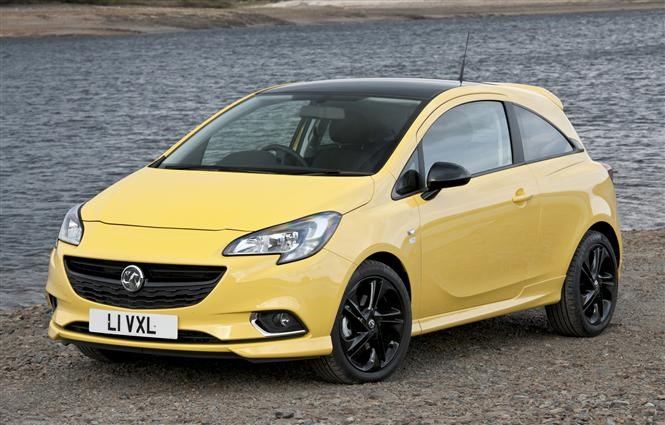
Vauxhall Corsa specification decision
Whichever Corsa you choose the good news is all of them feature a long roster of standard equipment that rivals simply cannot match.
All Corsas come with an electrically-heated windscreen for rapid defrosting on icy mornings, remote central locking, electric front windows and mirrors and tyre pressure monitors.
Climb aboard and among the raft of kit you’ll spot Bluetooth connectivity complemented by a USB socket for MP3 players, audio controls on the adjustable steering wheel, a height-adjustable driver’s seat and cruise control.
Surely the entry-level Sting model will suffice then? After all, it also comes with twin body stripes and sporty-looking white alloy wheels. Well, no – both the Sting and closely-related Sting R, which adds further visual treats hinting at performance, are lacking air-con so we’d leave those to one side.
Further up the range is Design, a version of the Corsa specifically targeted at company car drivers, so it comes with air-con and a handful of practical touches found elsewhere in the range. However, instead of alloys wheels it’s fitted with less visually-appealing steel ones with plastic trims.
Assuming you’re looking for your small Vauxhall to focus on ease of use in the city, we’d also avoid performance-oriented Corsas fitted with the stiffer sports suspension and larger alloy wheels, which discounts Limited Edition, Red and Black Editions, SRi VX-Line as well as the range-topping VXR versions.
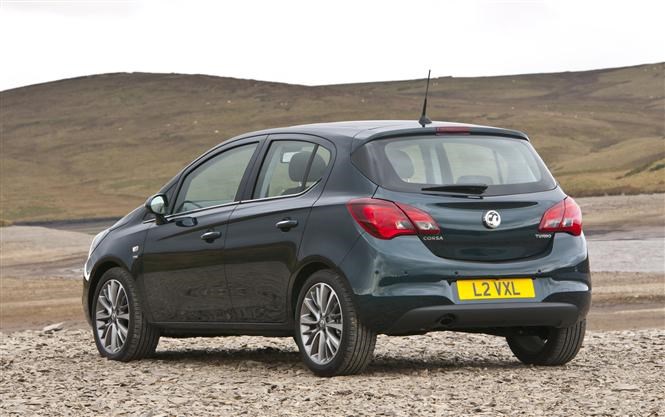
Three left in contention: Energy, SE and SRi
Plump for the Energy and you’ll benefit from 16-inch alloys, LED day running lights, front foglights and automatic headlights and wipers. Nestle yourself behind the heated steering wheel on your similarly heated seats, adjust the air-con and listen to DAB radio via the IntelliLink touchscreen system.
What does the pricier SE bring to the Corsa party? There’s some superficial chrome-effect exterior detailing along with more useful parking sensors at the front and rear. Inside there’s a trip computer, Vauxhall’s OnStar ‘online assistant’ service and 60/40 split-folding rear seats delivering a welcome dose of practicality.
.jpg)
Sitting between Energy and SE price-wise, the sporty-looking SRi loses the heated steering wheel and seats but does have the trip computer and split rear bench. Additionally there’s a pair of comfortable and supportive sports seats up front, too.
Combining greater visual interest thanks to its sportier appearance with practical touches at a lower price than the SE, the SRi would be our choice.
.jpg)
Engine choice
Of the eight engines available for the Vauxhall Corsa, the 203bhp, 1.6-litre turbo’s instantly ruled out as that’s solely installed in the VXR.
Six of the remaining seven can be teamed with SRi specification, so again a multitude of choice.
Despite their low CO2 emitting properties, we’d discount both of the 1.3-litre CDTi diesels. Unless you’re covering sufficiently high annual mileages, diesel engines in small cars can be a folly. On short commutes they lack the efficiency diesels many buyers expect and are more expensive to buy than the petrol alternatives
For shorter journeys petrol engines are a better bet, with four available for the Corsa SRi. We’d leave the non-turbo 1.2- and 1.4-litre motors to one side; the smaller of the two in particular will feel lethargic on occasions when you need to venture along more open roads.
That leaves the 99bhp 1.4-litre turbo and, with three-cylinders, the new 1-litre 89bhp turbo (the 113bhp edition of that engine’s not available with SRi trim).
Although the smaller engine’s more expensive to buy, its 100g/km CO2 emissions means its VED car tax bill is free (the 1.4-litre’s is £30 annually at 2015/16 rates) and it’s more economical too – 65.7mpg for the 1-litre versus the larger powerplant’s 55.4mpg claim. Not only that, its flatter spread of torque ensures a more pleasant driving experience, too.
.jpg)
Pick of the range
Ten trim levels and eight engine possibilities have been examined with the 1-litre 89bhp Vauxhall Corsa SRi emerging as the pick of the range. All that remains is for you to decide whether you’ll have yours in sportier three-door or more practical five-door form when you’re ready to buy.
Need more help looking for your next car? The articles below may help:
Why you should buy a 65-plate car
Safety features of today – which are worth considering?
Three doors or five – which should you go for?



.jpg)
.jpg)
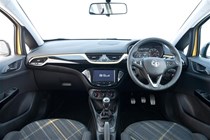
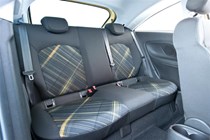
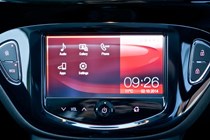
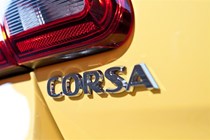
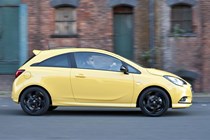
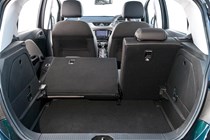
.jpg?quality=50)





